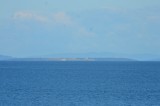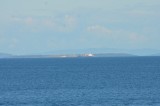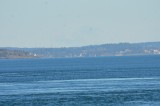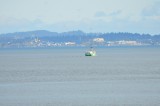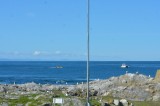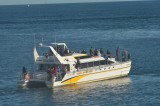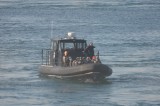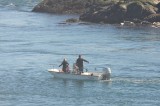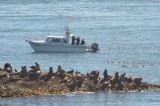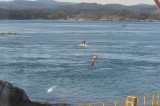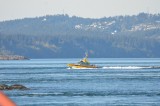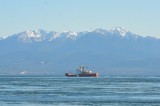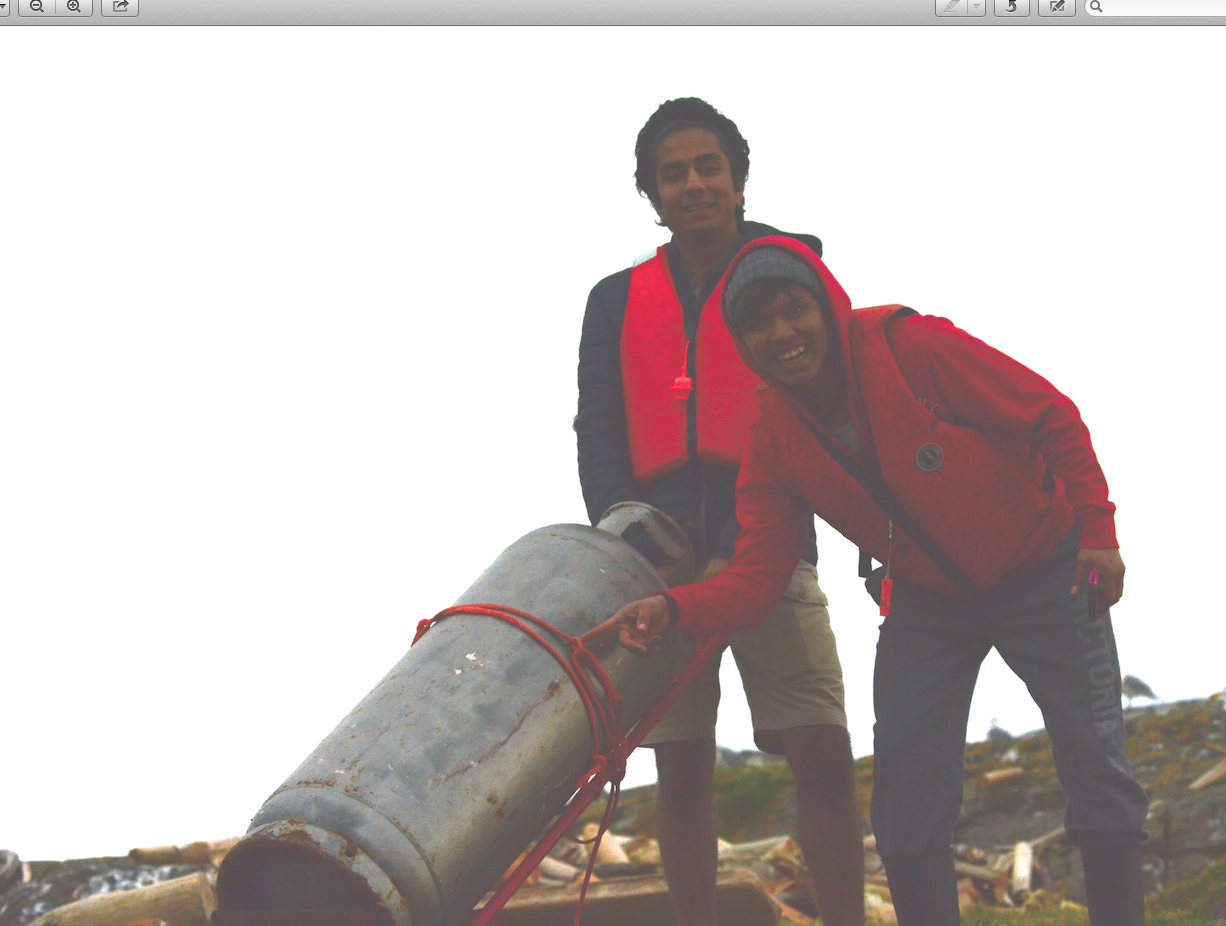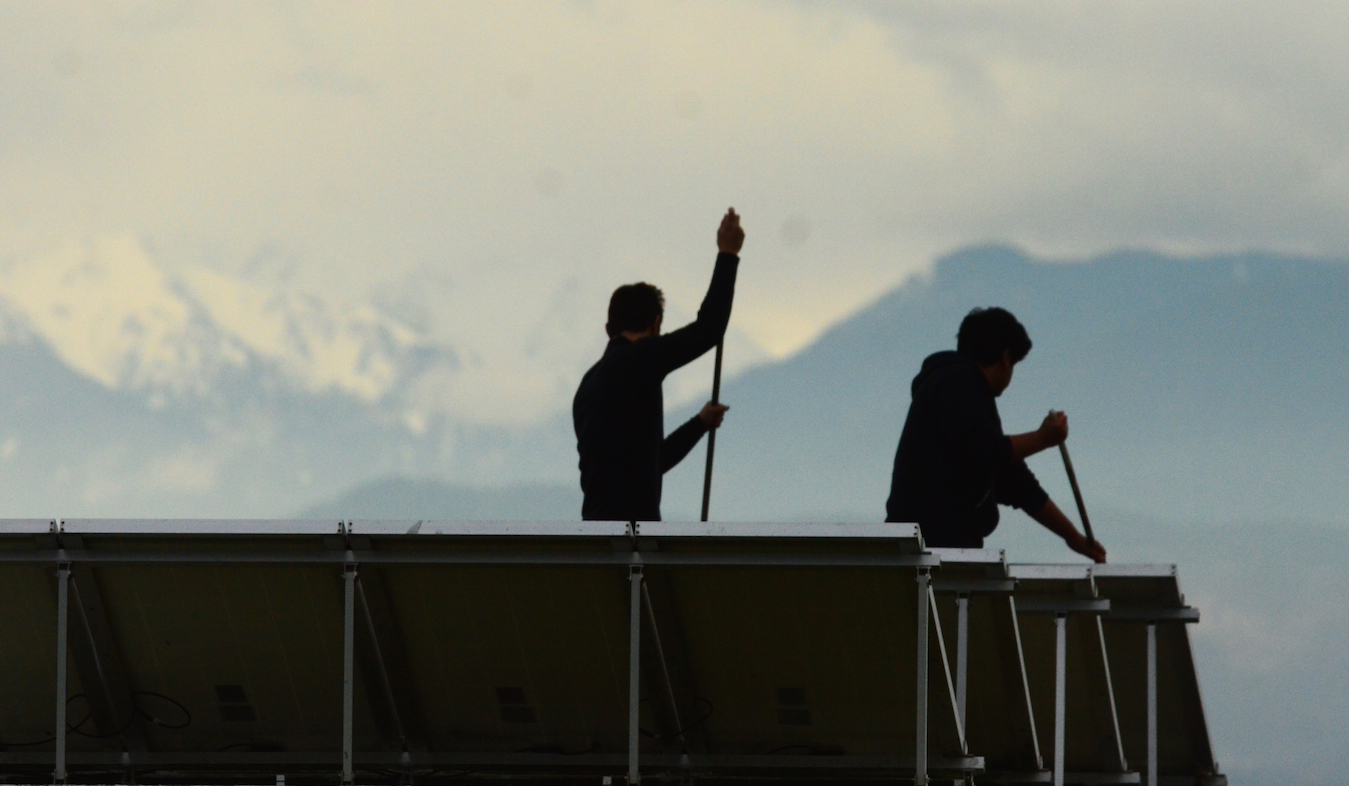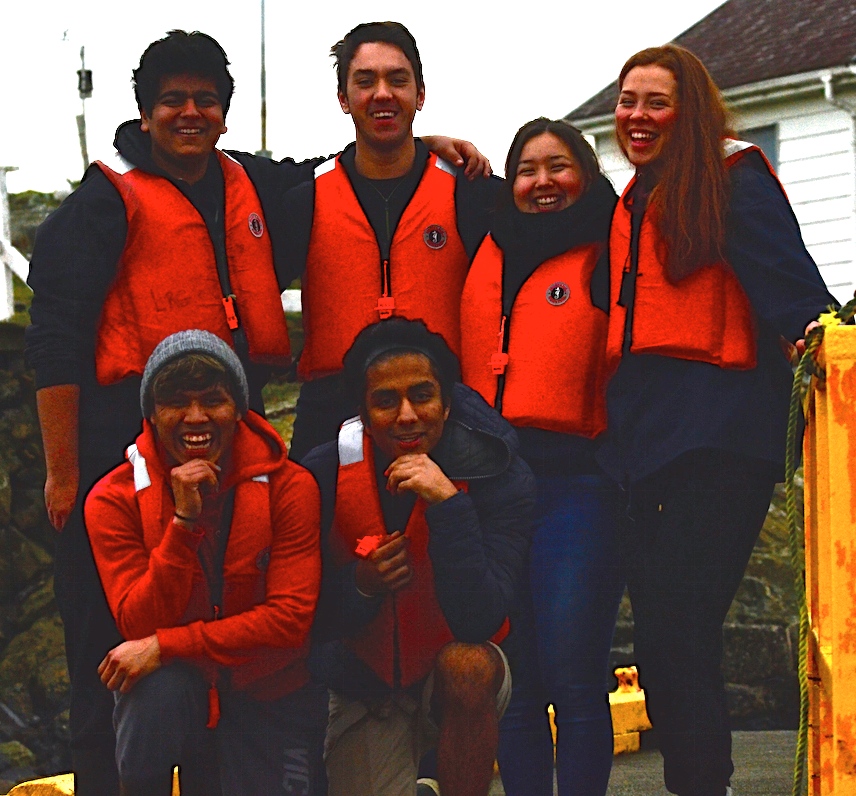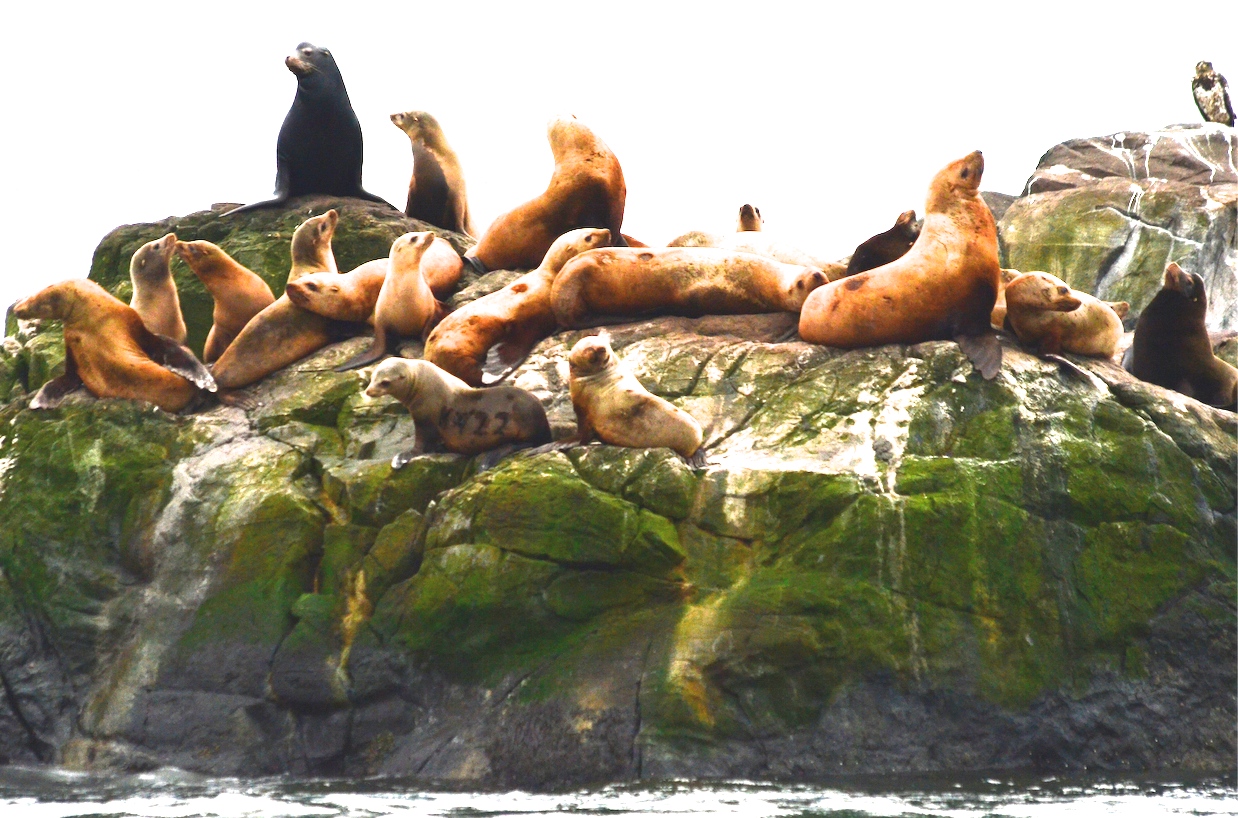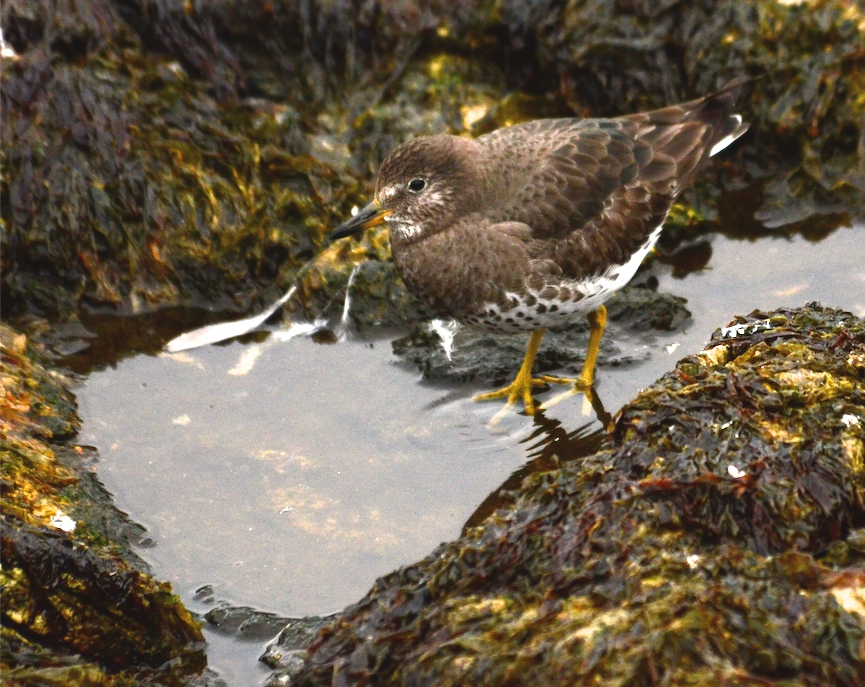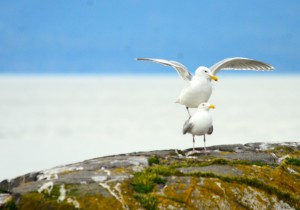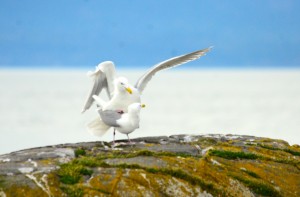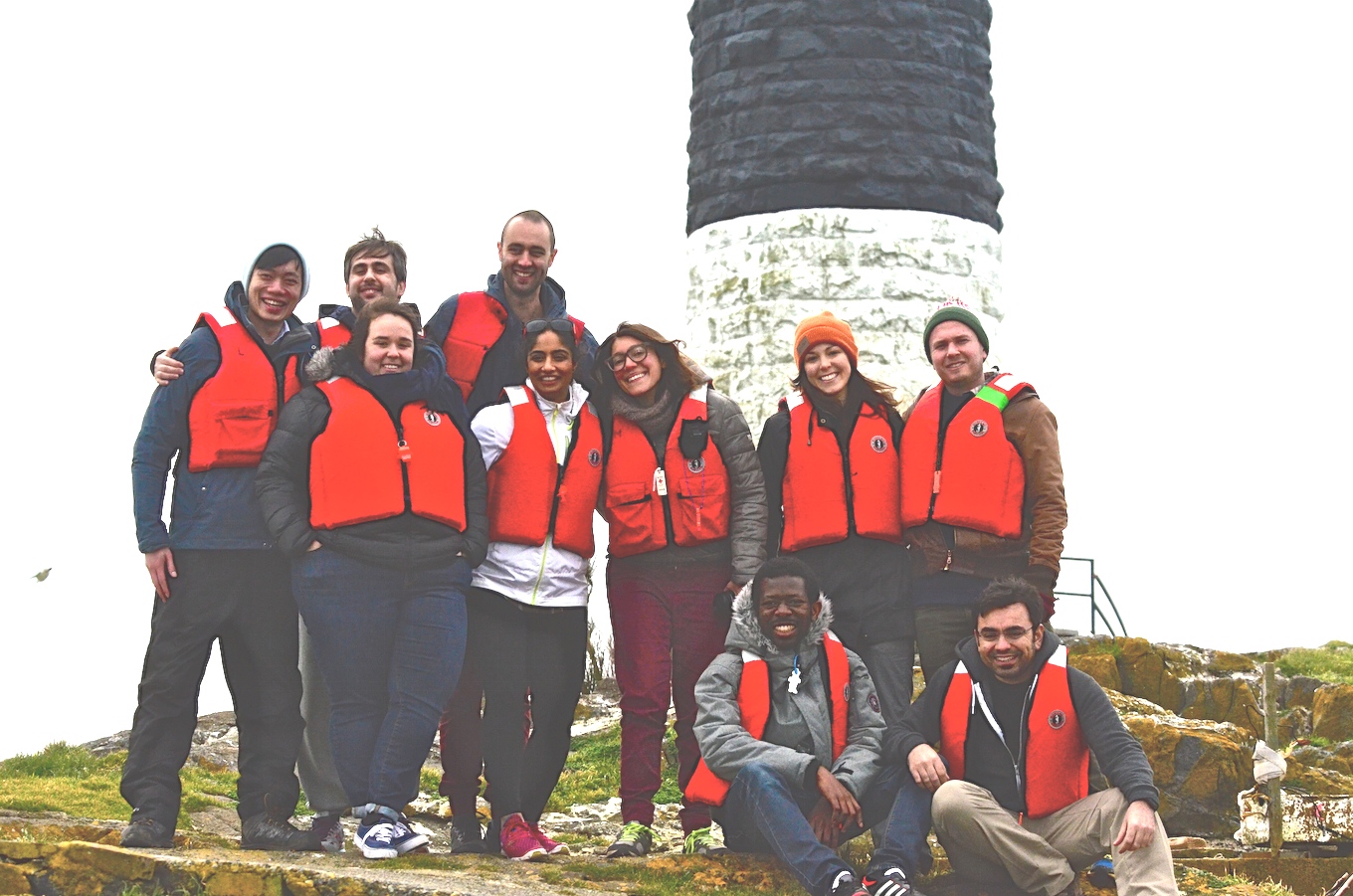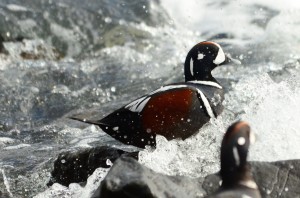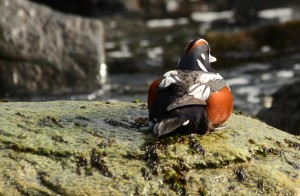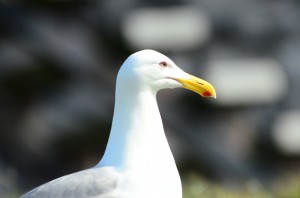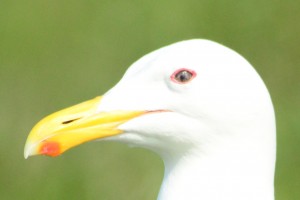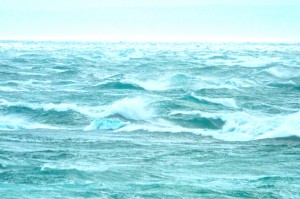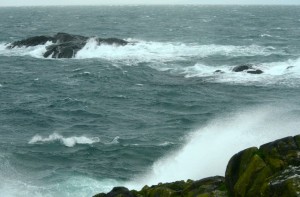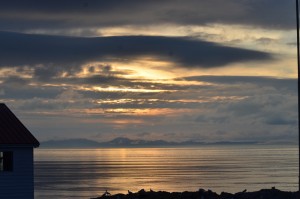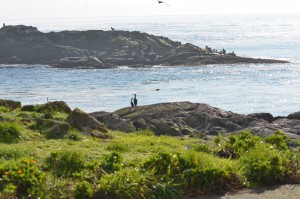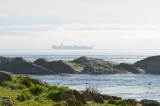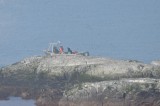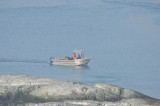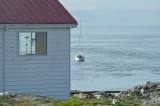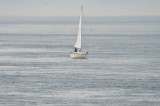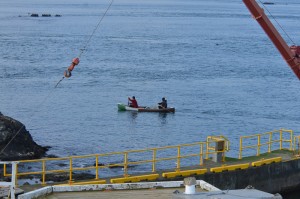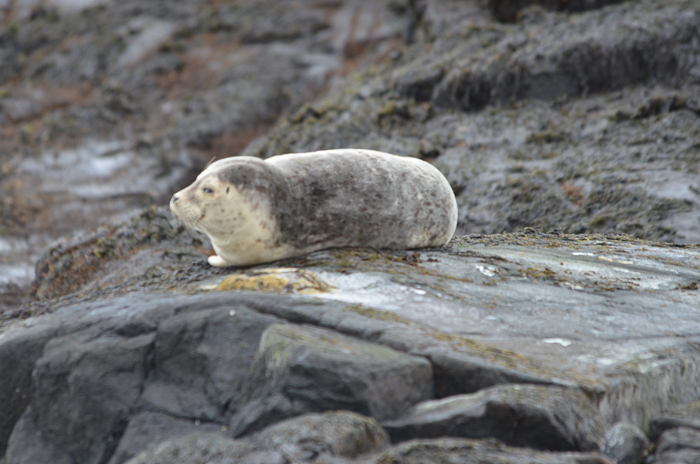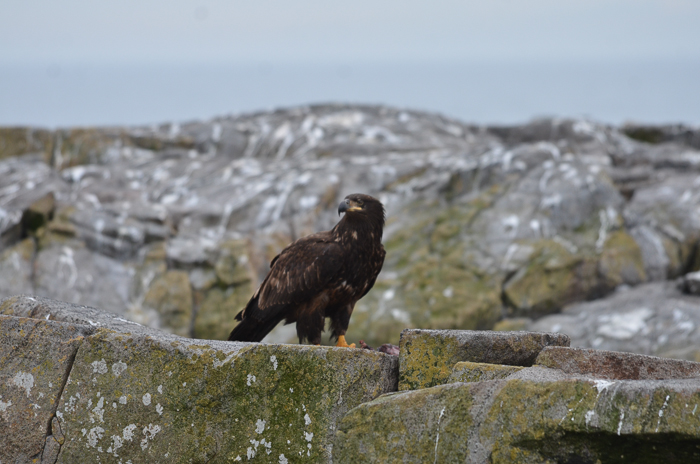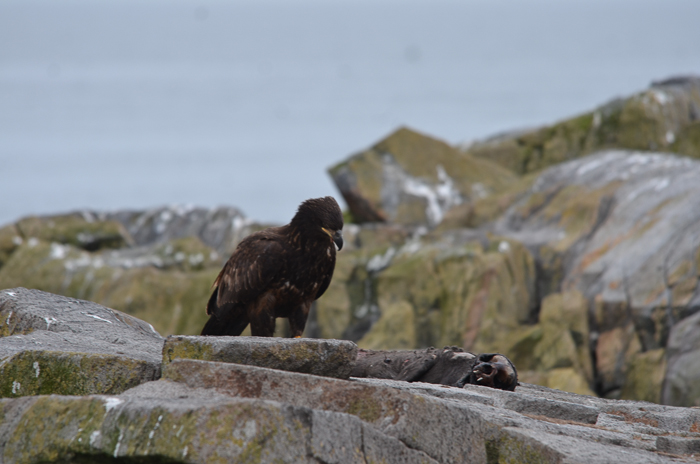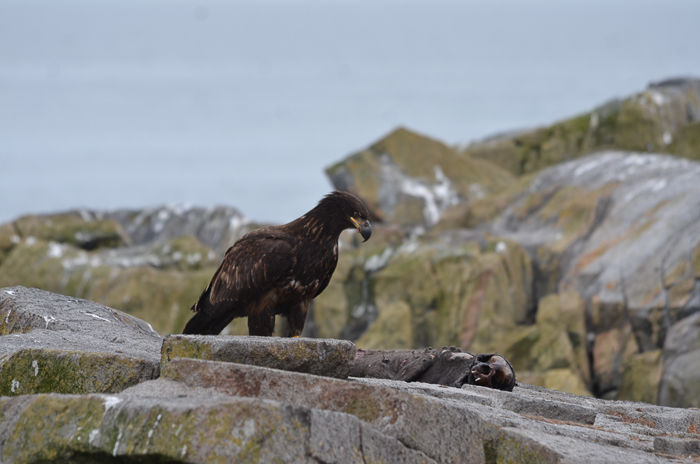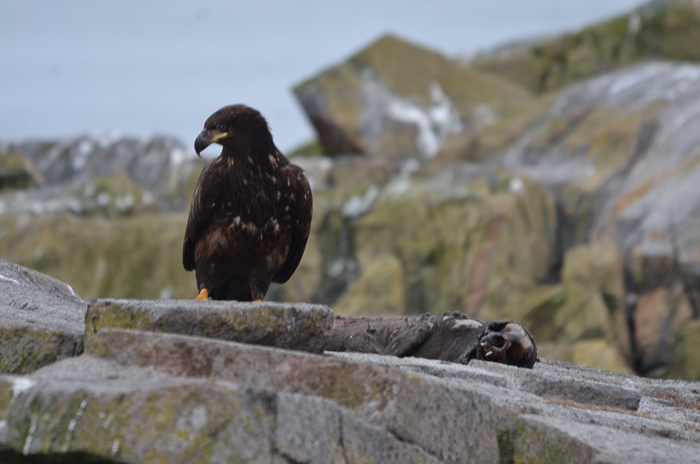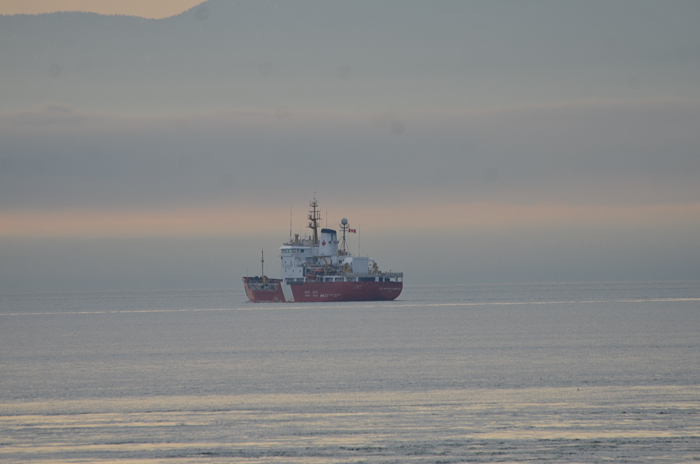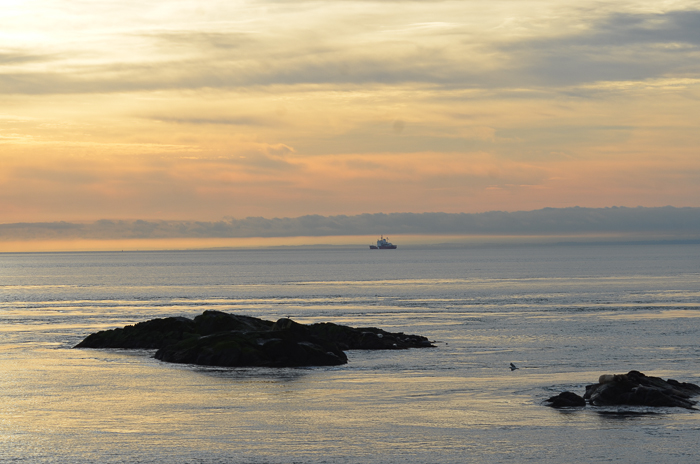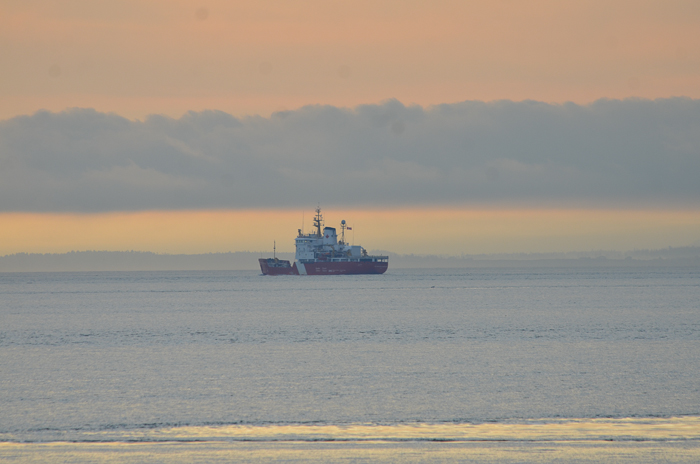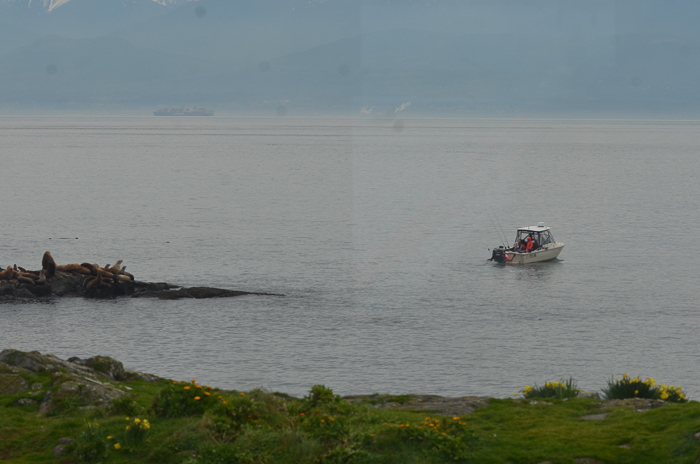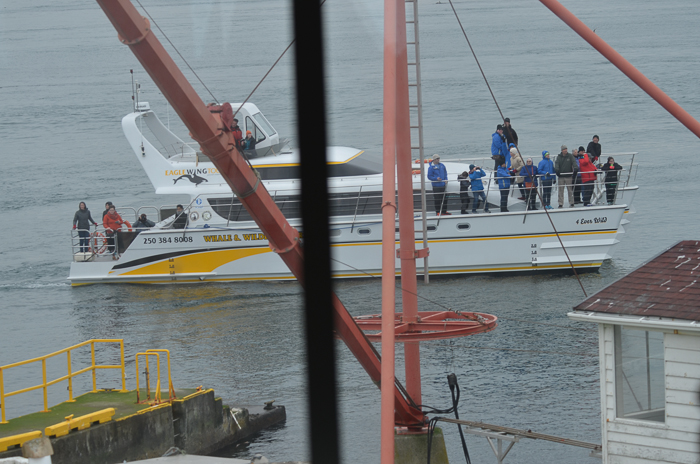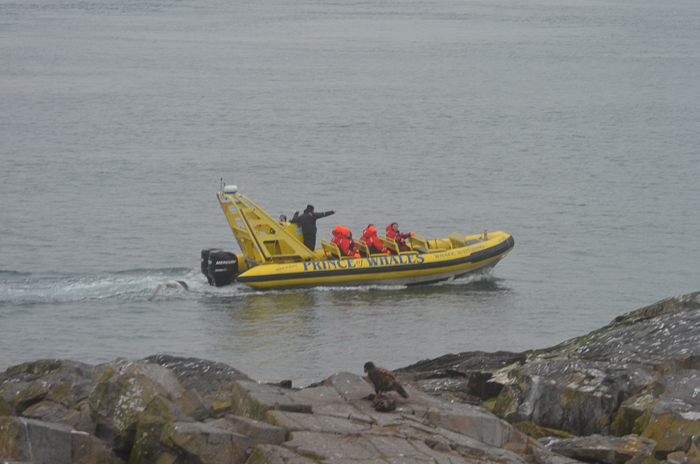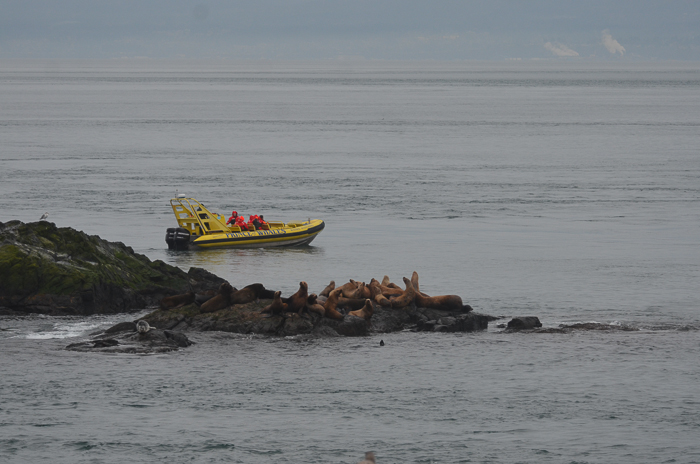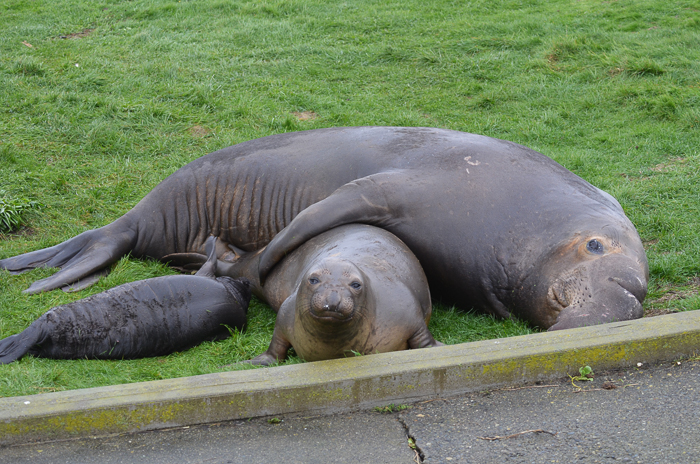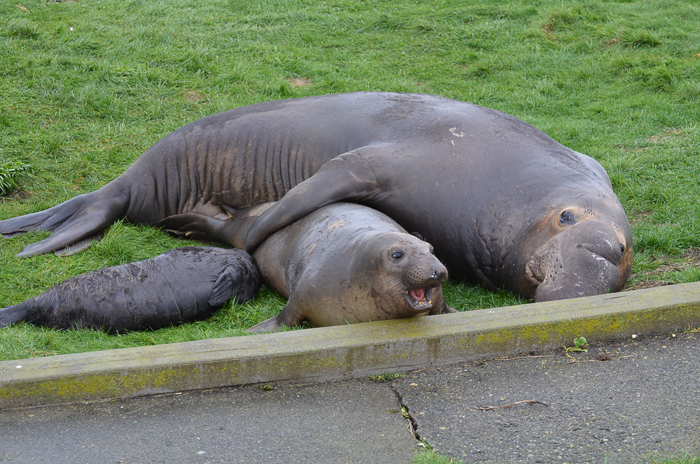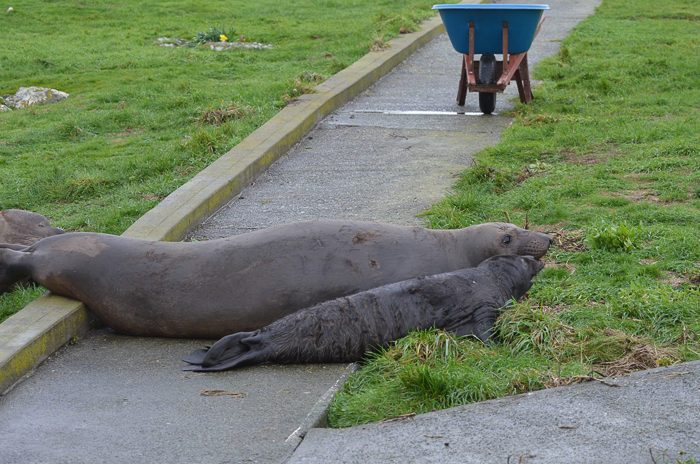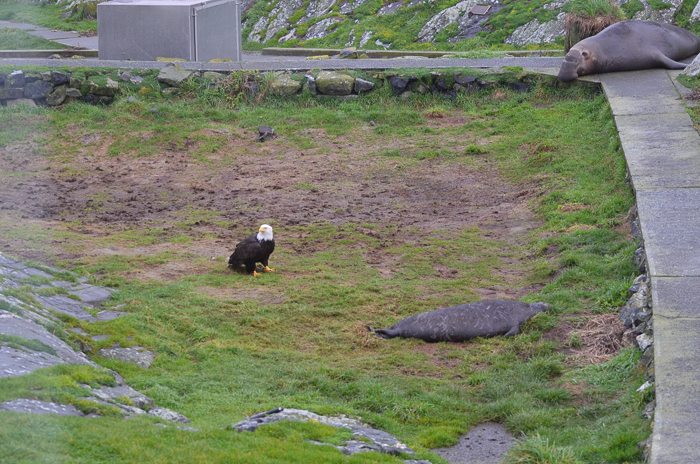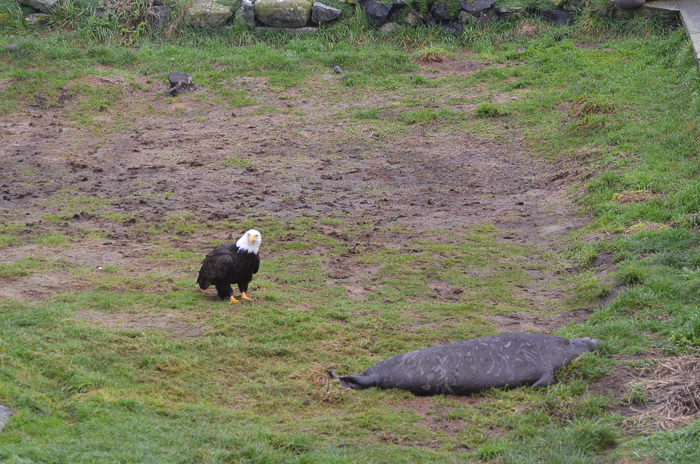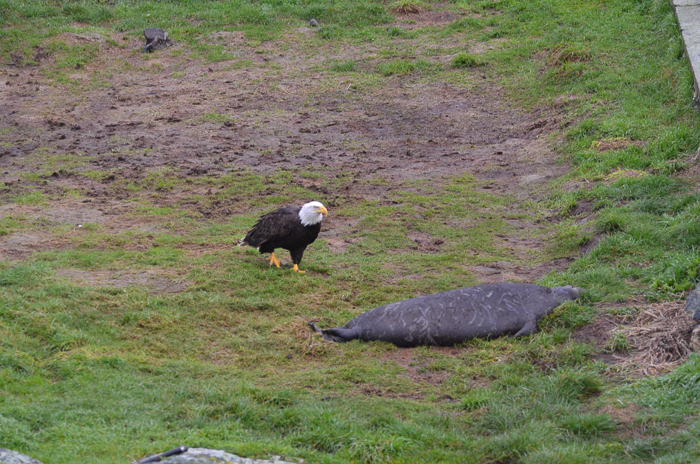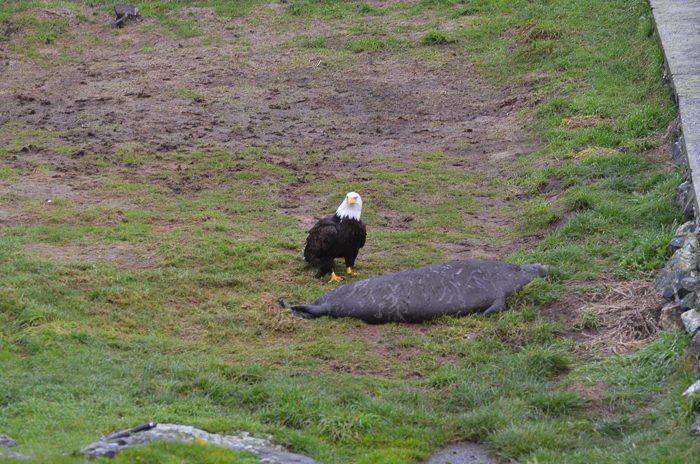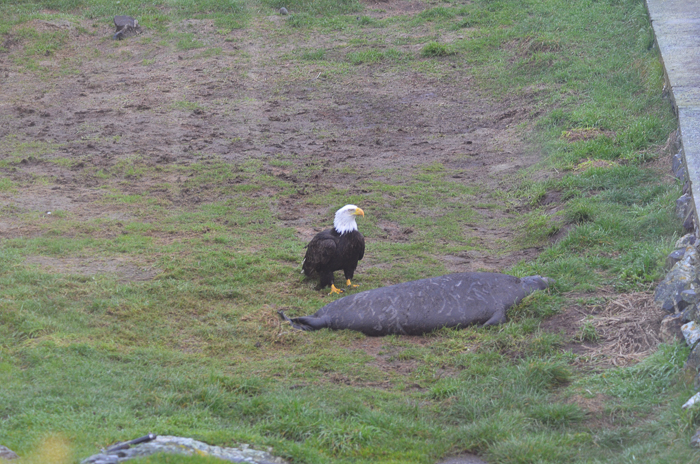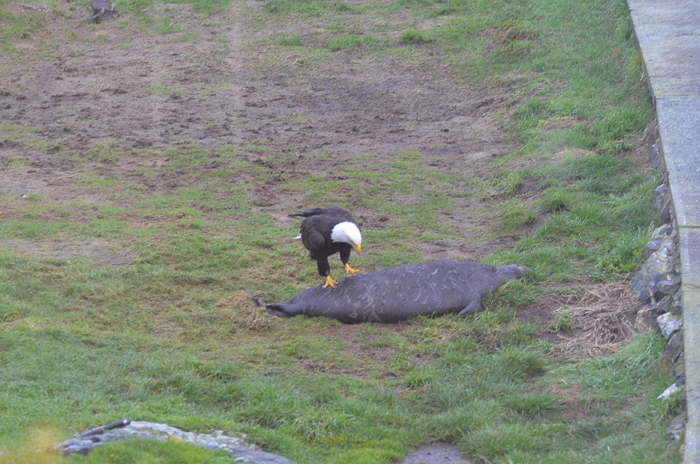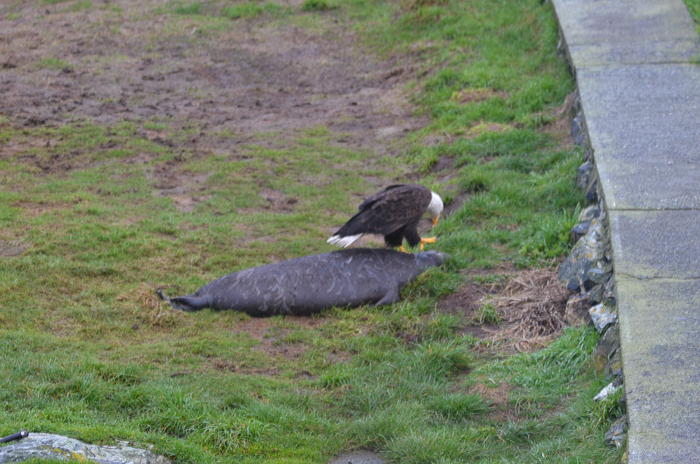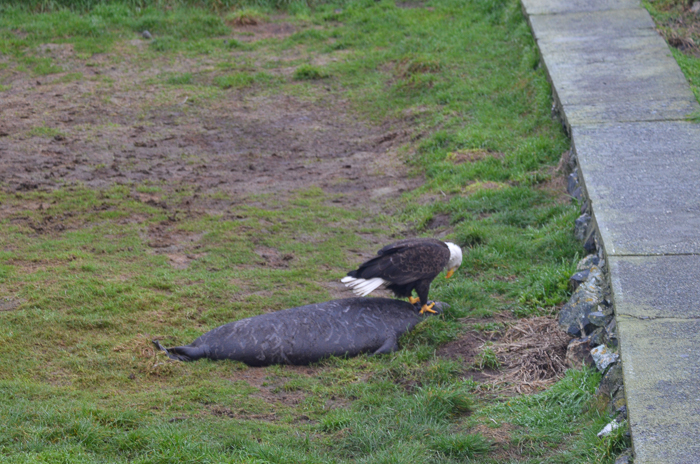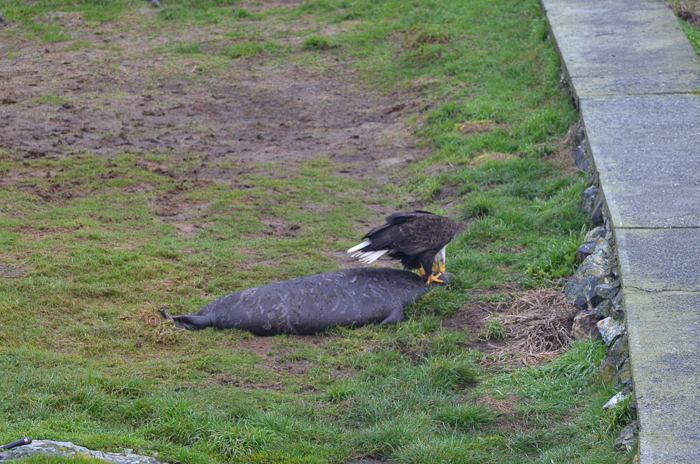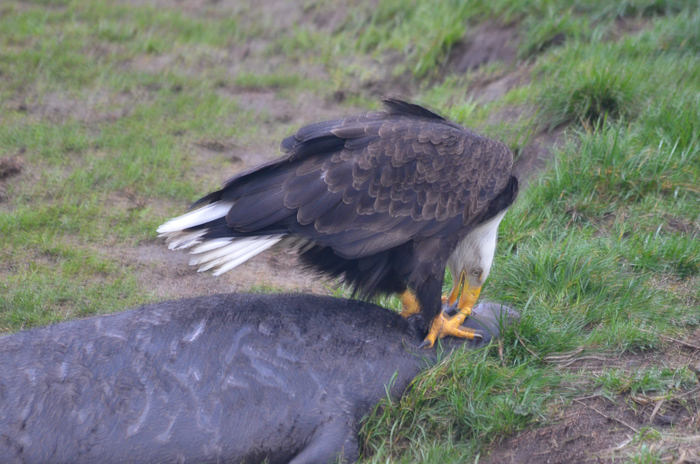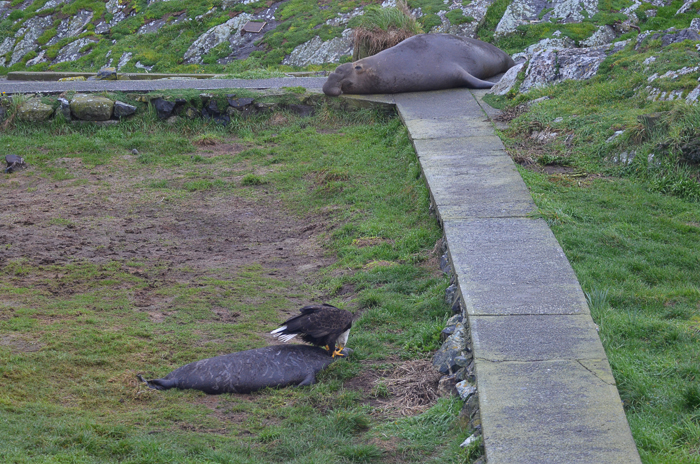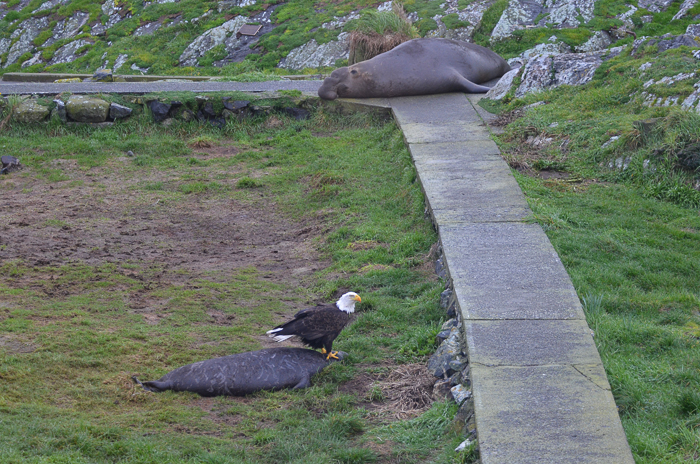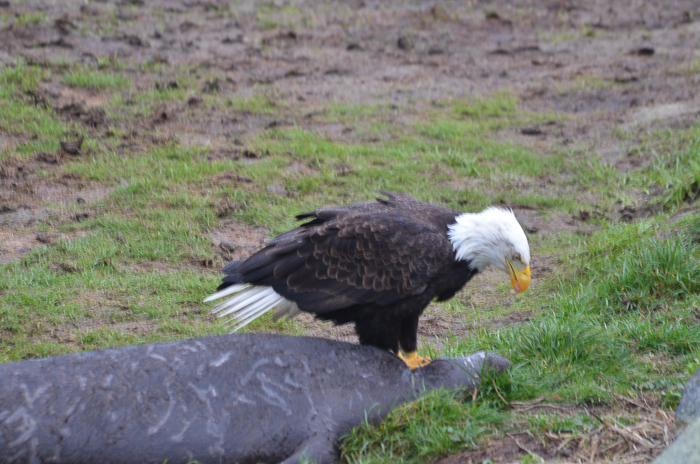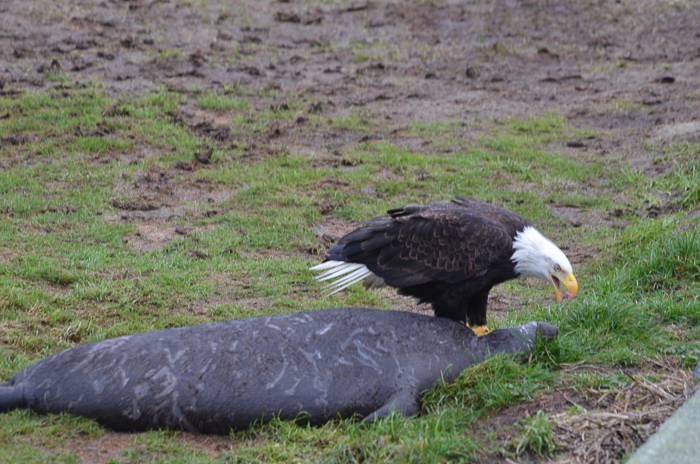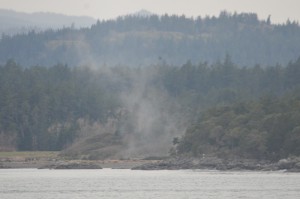Log Entry by Riley Strother
Weather
- Visibility: 15+ miles
- Sky: sunny
- The mercury hit 11C today (which is over 50F!) so you know it was a warm day.
Ecological
- Spent 30 minutes in the morning chasing the Canada Geese off the island. I did so by walking around the perimeter of the island, and every time I completed a loop the original pair would have returned, necessitating a further loop to invariably chase away some other returned pair.
- Eventually I only had to walk about once per hour to scare off any geese that had returned. By the evening there only remained one persistent pair near the Students’ House.
- As Anne has noted, there are lots of gulls and they take to the sky at the slightest swoop of an eagle.
- It looked to me as though there were 4 elephant seals hauled out on Middle Rock.
- Several times today the sea lions seemed agitated by the boats that perhaps got a bit too close. They generally chose to bark rather than stampede though.
- I saw the river otter in the afternoon, my favourite Race Rocks character. It’s good to be back. Thornton W. Burgess should write a book about him/her.
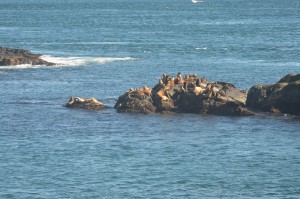
Oft’ agitated Sea Lions
Maintenance
- Cleaned the solar panels.
- Settled back in to the house for my short stay.
Boats
- As befits a beautiful statutory holiday, there were many boats about today.
- Anne dropped me off in the Whaler in the morning.
- Five eco-tours came through the reserve to look at the sea lions.
- The Prince of Whales came by two times. The first time they appeared to be speeding through the SW part of the reserve to join up with the catamaran.
- The large Eagle Wings catamaran came by twice.
- An unidentified black eco-tour came by in the late afternoon.
- One pleasure craft with a family on board passed through the South Channel, which is definitely too close to the sea lions.
- Two fishing boats came by. The first one seemed too close to the sea lions. The second one appeared to be going too fast.
- The Pacific Scout pilot vessel passed to the north of the reserve.
- The Sir Wilfred Laurier patrol vessel passed to the south of the reserve.
Other
- Got a phone call from a wrong number; someone asking for Mike. That seems rather unusual.

